Chemistry and pharmacy in tomorrow's medicine
- D-CHAB
- LOC
- IPW
The current Science City program is all about preventing illnesses, curing and staying healthy with the medicine of tomorrow. Also at D-CHAB, there is a lot of research in this regard, as Renato Zenobi, Stefanie Krämer and Barbara Frei Haller will show at Science City. In this article, they provide insights into their work and take a look at the near future of medicine.
Just two years ago, an mRNA packaged in a protective envelope and coding for a virus protein was still a rather futuristic idea for vaccination. But Corona has sped things up and turned the "medicine of tomorrow" into a solution for today. Findings from chemistry and pharmacy have contributed to such developments. The more precisely we understand how diseases develop or can be diagnosed, what immune responses look like and how drugs are metabolized, the better we will be able to treat patients individually in the future: personalized medicine – a key concept in tomorrow's medicine.
This is also the opinion of Renato Zenobi, professor for Analytical Chemistry at the LOC, Stefanie Krämer, professor for Biopharmacy at the IPW, and Barbara Frei Haller, pharmacist and lecturer for Ethnopharmacy at ETH. They all contribute to the medicine of the future in different ways and are presenting some of their research this weekend at Science City.
What connects natural with modern medicine
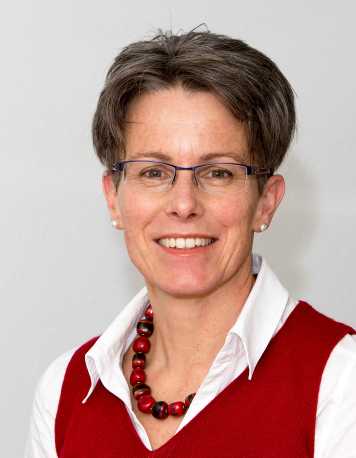
“With ethnopharmacy, I am a bit of an exotic at ETH,” Barbara Frei Haller jokes. This field is about the traditional use and management of medicines in various cultures (e.g. Chinese medicine), especially with regard to medicinal plants and natural products. But it is a mistake to think that this has nothing to do with modern treatment methods. Indeed, modern western medicine has evolved from natural medicine. "Our drugs still contain interesting natural substances, in pure or chemically modified form," Frei Haller emphasizes. For her, medicine of tomorrow therefore also implicates more cooperation and exchange between traditional medicine and western medicine, especially since natural products in particular still hold great potential. Frei Haller recently demonstrated a little of this potential in external page her children’s lecture at Science City (german), showing the kids how medicinal plants can be helpful when struggling, e.g., with minor ailments.
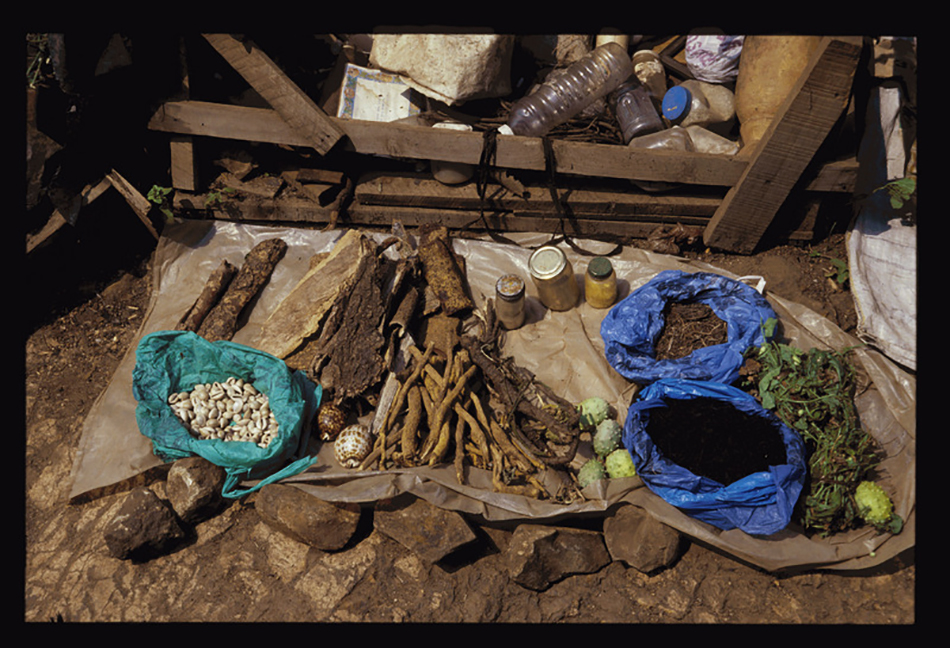
About risks and side effects
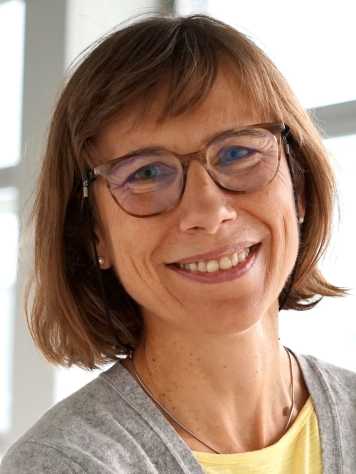
Stefanie Krämer is interested in how drugs behave in our body (in concrete terms absorption, distribution, metabolism and excretion of substances). "Substances take different routes in the body, can be chemically inactivated or activated and leave it via the kidneys or intestines, for example. But if two drugs have the same pathway, they can interfere with each other," Krämer explains. Such findings are important, e.g., for assessing side effects, which can in addition depend on a person's age, genes or even eating habits, as Krämer will explain in more detail external page her Science City lecture (recording in german) this weekend. This also applies to plant remedies. Today, however, good predictions can already be made during the drug development process, in fact directly out of the test tube. This can minimize the risk of side effects. In the future, there should be further improvements in the field, also regarding more individualized treatment options.
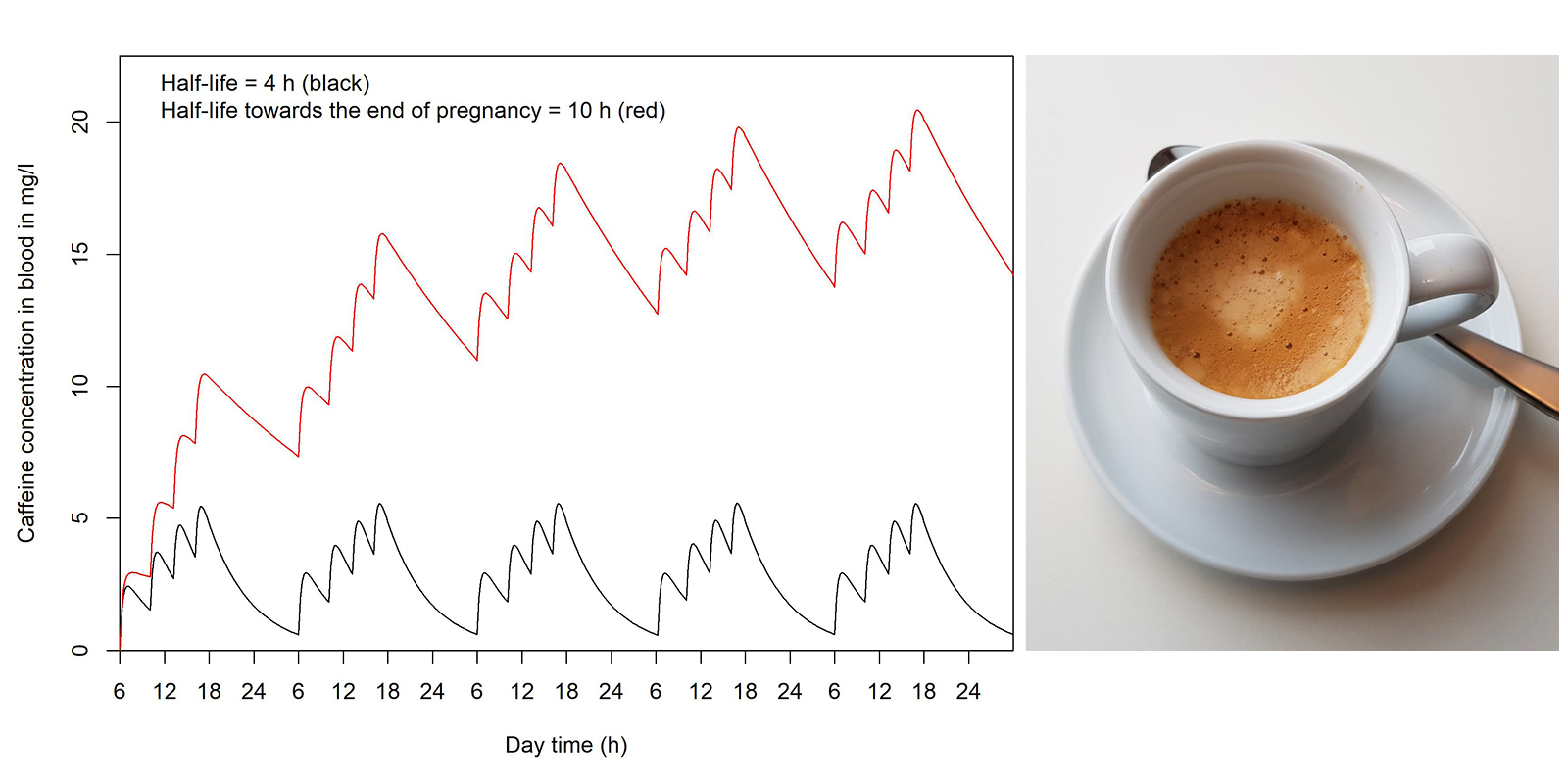
Using exhaled breath for diagnosis
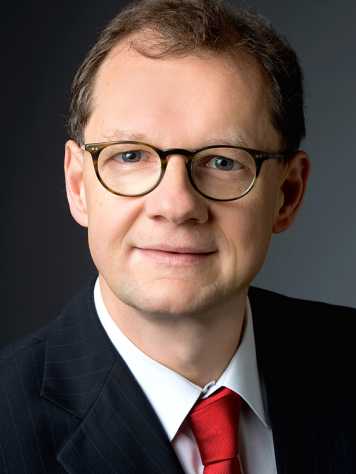
Renato Zenobi's research in the field of mass spectrometry (MS) also bring us a step closer towards a more individualized medicine. With "soft" ionization methods, it is already possible to observe entire complexes of enzymes and drugs. Even metabolites that leave the body via the lungs can be measured by MS, as Zenobi will demonstrate at Science City external page via video clip (german). In principle, it is not new to use breath as an "indicator" for diseases – traditional Chinese medicine already exploits this, and dogs are able to "sniff out" various illnesses. In this case, of course, a chemical evaluation is difficult. Zenobi's method, however, allows concrete "live" measurements. This holds great potential for diagnostics: "It can be used, for example, to determine how quickly a drug is metabolized in the body and allows the dose to be individually adjusted for the patient," Zenobi says. Within the “Zurich Exhalomics” network, studies are even underway with lung cancer and corona patients. Apart from that, doping substances would be interesting, but many are unfortunately less suitable for breath analysis, "their metabolites end up in the urine too quickly."
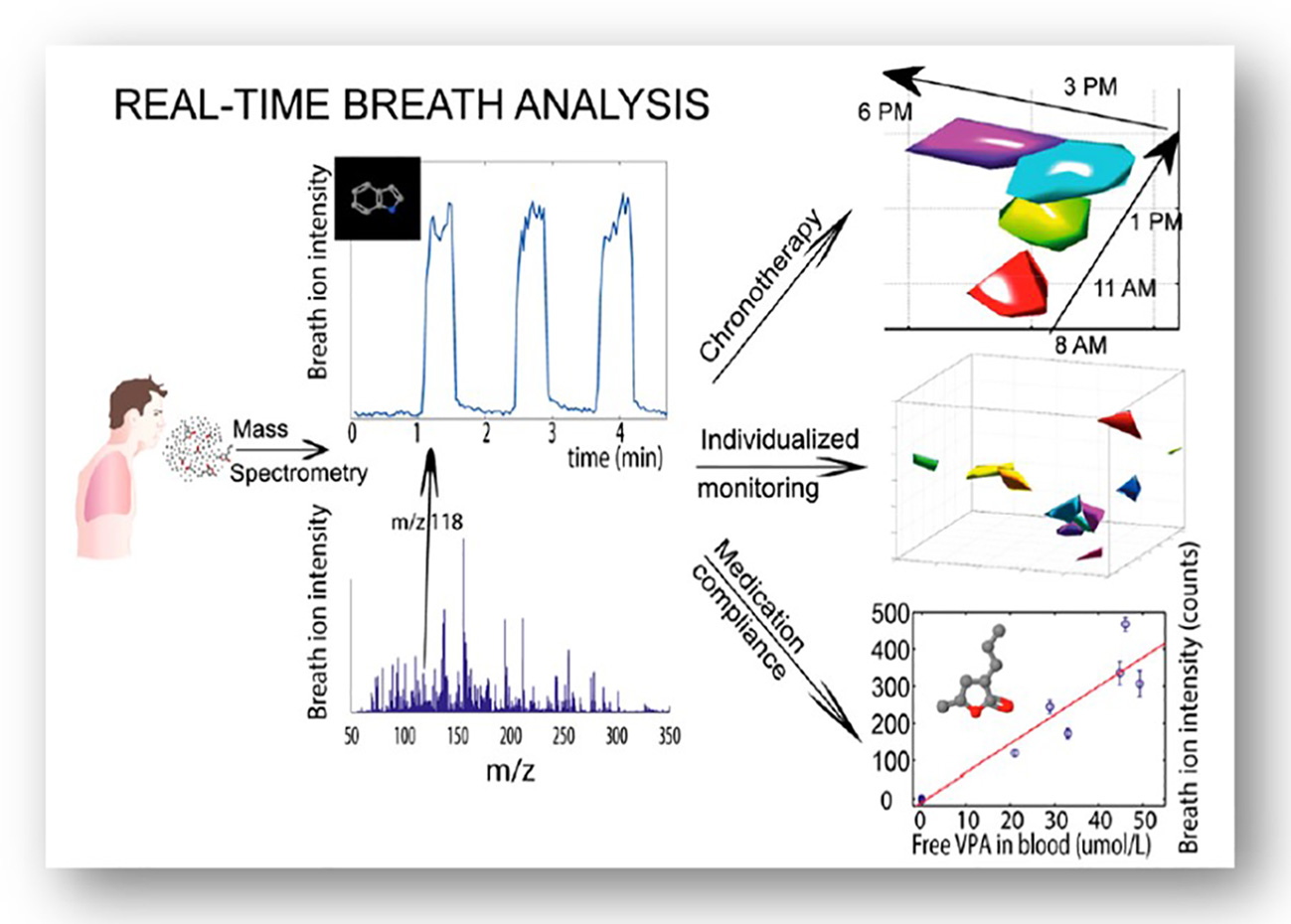
All in all, more basic research and new diagnostic or screening methods will contribute to a more personalized medicine of tomorrow. However, "we should also ask ourselves: Do we always want to find a disease at all costs or do we primarily want to stay healthy? I must say, I'm more in favor of the latter option," Barbara Frei Haller states. Stefanie Krämer and Renato Zenobi also share this opinion: "In the future, it would be especially important to treat patients with more sense of proportion. Additionally, tomorrow's medicine must promote personal responsibility."
In the end, health is a personal good which should not be fully put into the hands of technology and medicine.Prof. Stefanie Krämer